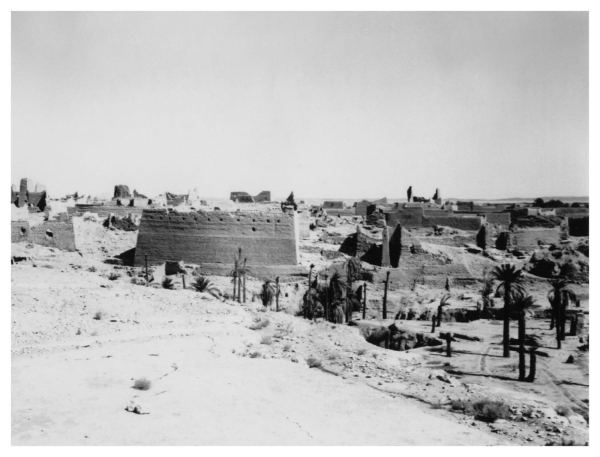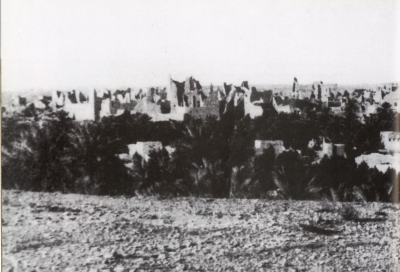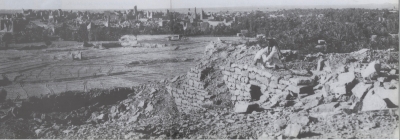

Women in the First Saudi State are every woman who contributed to the establishment and development of the First Saudi State, playing influential roles in building their society. They actively participated in culture, poetry, trade, and education. They were known for their courage, generosity, patience, and wisdom in managing affairs, as well as their dedication to charitable work.
Women’s Education in the First Saudi State
The imams of the First Saudi State were keen on educating women and teaching them religious principles. Imam Muhammad Bin Saud, the founder of the First Saudi State, built a large mosque in Diriyah where lessons were given to both men and women in the morning and evening. Imam Abdulaziz Bin Muhammad later established a complex around al-Bujairi Mosque, which included a section dedicated to women's education. Women in Diriyah learned reading and writing, excelled in knowledge, and mastered calligraphy.
Women also played a role in teaching in the First Saudi State. Among them was Modi Bint Sultan Al Kathir, the wife of Imam Muhammad Bin Saud, who was known for her commitment to educating people and was sought after by students of knowledge. Another was Fatima Bint Hamad al-Fadaili, who earned scholarly certification to teach. Additionally, Princess Jawhara Bint Imam Faisal Bin Turki endowed books for students. The poet Modi Bint Saad al-Dahlawi wrote verses that inspired the men of the First Saudi State to defend Diriyah.
Women's Courage in the First Saudi State
Women played a role in protecting the First Saudi State with bravery. They competed with men in granting asylum to those in need, a practice known in Najd as "Al-Dikhala", offering protection to those who sought refuge, whether in their homes or grazing lands. One notable example is Ghaliya al-Buqamiya, who dedicated her wealth to supporting the defenders of the nation and repelling invading forces. Her home became a refuge for the needy, the poor, and the men of the First Saudi State. Another example is Jalila Bint Prince Abdulmohsen Bin Saeed al-Dar’i, who established rest stops and inns in Hajar al-Yamamah to provide pilgrims with temporary shelter, food, and water.
Women's Work in the First Saudi State
Trade flourished in Diriyah during the reign of Imam Saud Bin Abdulaziz, and women participated in meeting societal needs alongside men. They engaged in activities such as decorating weapons with gold and silver, trading dates, dairy products, and spices, and crafting leather and cotton or wool textiles. These goods were sold in Diriyah’s "Souq Al-Mawsim", which consisted of small shops and stalls. Some women also opened small shops within their homes to sell daily necessities or roamed around selling goods in a practice known as "Al-Dallala" or "Al-Jalaba". Others took up collecting, cutting, and selling firewood as a profession.
Social Aspects of Women in the First Saudi State
Married women in the First Saudi State were responsible for managing household affairs, preparing meals such as wheat, Jareesh, rice, bread, Aseeda, meat, desserts, and Thareed. They also made dairy products, preserved dates, and prepared spices like dried and ground pepper mixed with dried lime. Additionally, they raised livestock, chickens, and birds. Women in Diriyah used cotton fabrics to make clothes for the locals. They were known for wearing karbas cotton dresses, silk gowns, and "al-Abaya al-Qilaniya" when going out or attending gatherings. Najdi women adorned themselves with jewelry encrusted with precious gems, and their beauty rituals included applying kohl, using henna, and wearing perfumes made from musk and amber.
Related quizzes
Related articles

